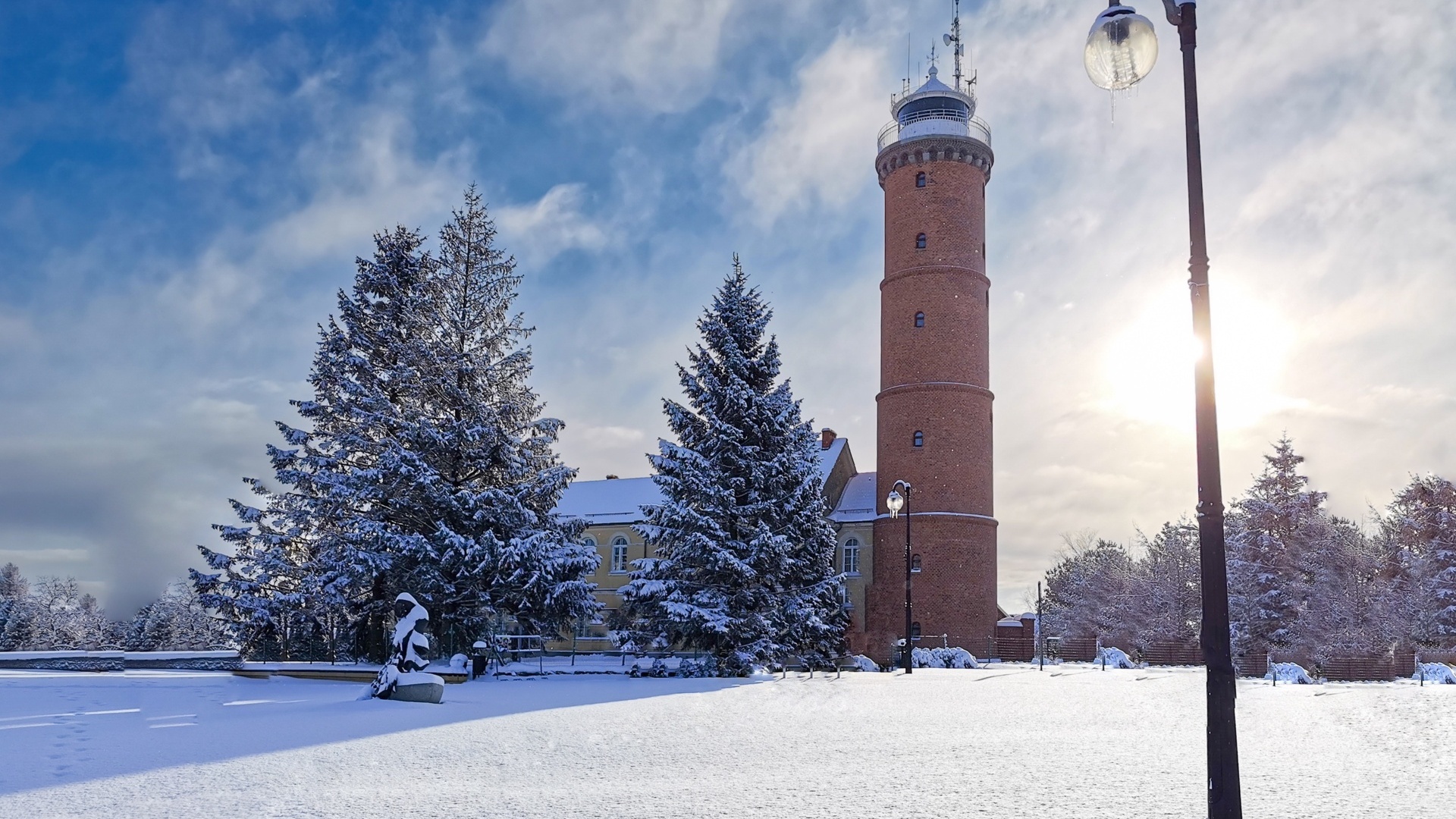
Yours. Family. By the Sea.
- Homepage
- Lorem
- Lorem
5 reasons to choose
Szlak Bursztynowy
13
dec '25
14
dec '25
4.7 /5
5 /5
4.5 /5
SEE
REVIEWS
REVIEWS
Szlak Bursztynowy is one of the best-rated facilities
by the sea.
Located in the heart of a seaside resort, 150m from the sea, among cobbled streets, next to a 200-year-old lighthouse, the property impresses with architecture inspired by 19th century buildings. As many as 98% of guests give perfect ratings to our food on Google, and 99% express appreciation for the service.
We are there for you!
with a seaside twist
Handcrafted furniture in every room, legendarily comfortable beds and full facilities for children at no extra charge. And all that only 150m from the sea.

With us, your child is the boss! Fairytale Land, an additional restaurant for children, great animations, and above all, the attitude of the staff, guarantee that all the family will rest together!

The most beautifully located wellness area with a central view of the lighthouse, the panorama of Jarosławiec and the Baltic Sea - it's here! Two saunas, a tepidarium, a recreational terrace overlooking the sea and two brine graduation towers await in the relaxation area.
